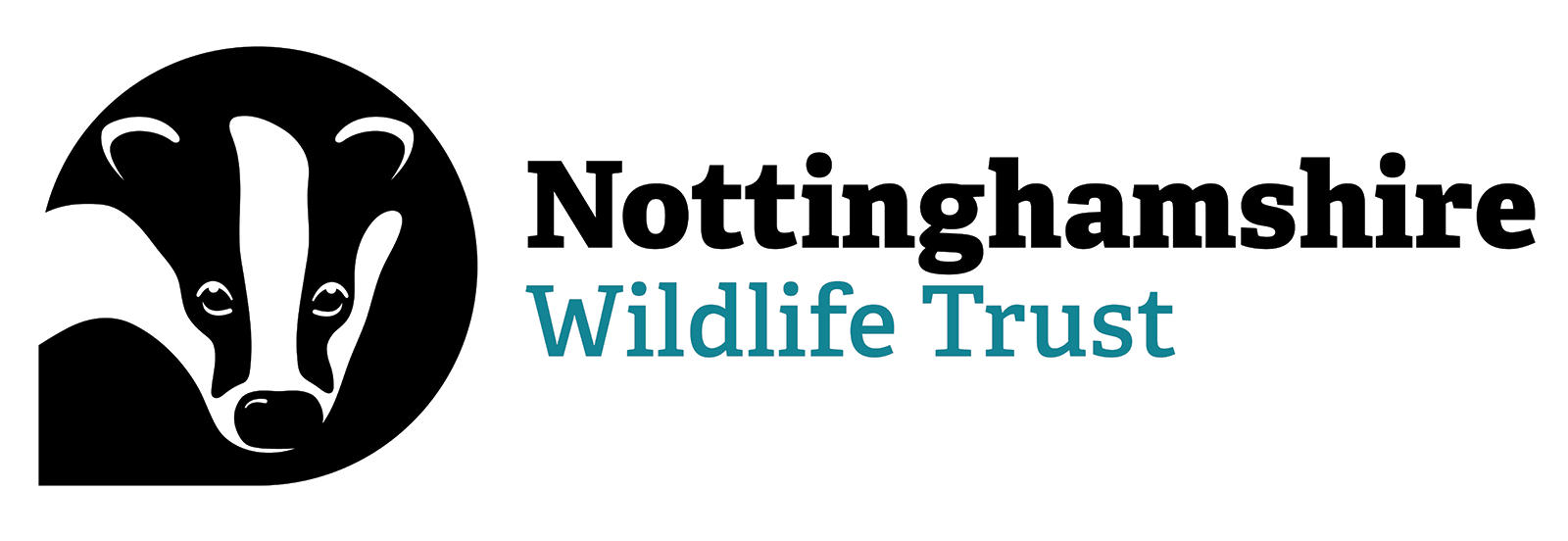Despite being incredibly cute, these charismatic creatures are also critically endangered. PTES' State of Britain’s Dormice 2016 report confirmed that hazel dormice not only went extinct from 17 English counties since the end of the 19th century, but that recent records reveal populations have probably fallen by a third since 2000. Loss of woodland and hedgerow habitat, as well as changes to traditional countryside management practices, are all factors which have caused this decline.
This further release of animals will bolster the existing reintroduced populations of hazel dormice already in the area by increasing genetic diversity and therefore helping the long-term survival of this endangered species. The 2019 release follows three previous reintroductions which took place in 2013, 2014 and 2015. These three woodlands are all owned by the Nottinghamshire Wildlife Trust and are located within a 5-mile radius of each other.


